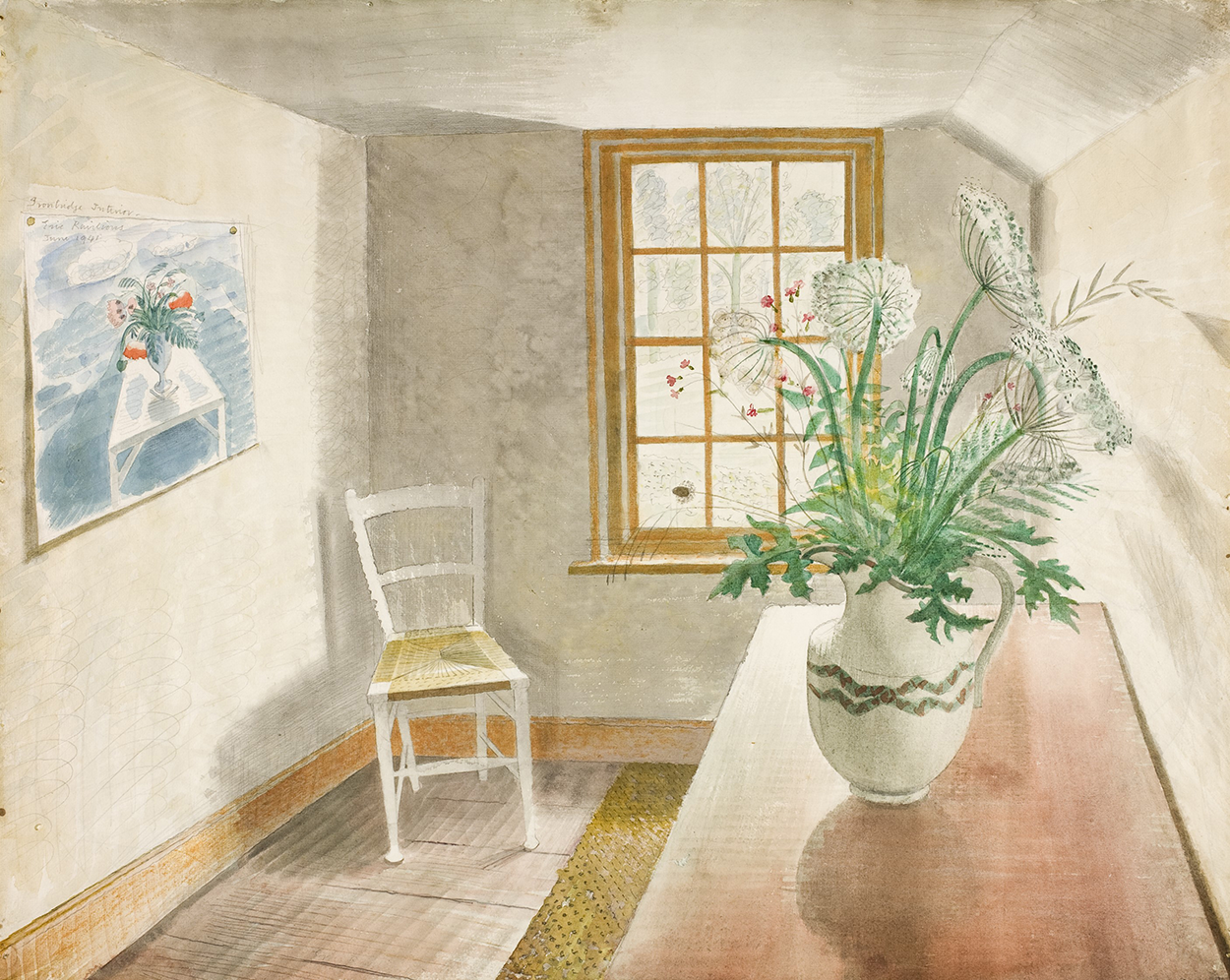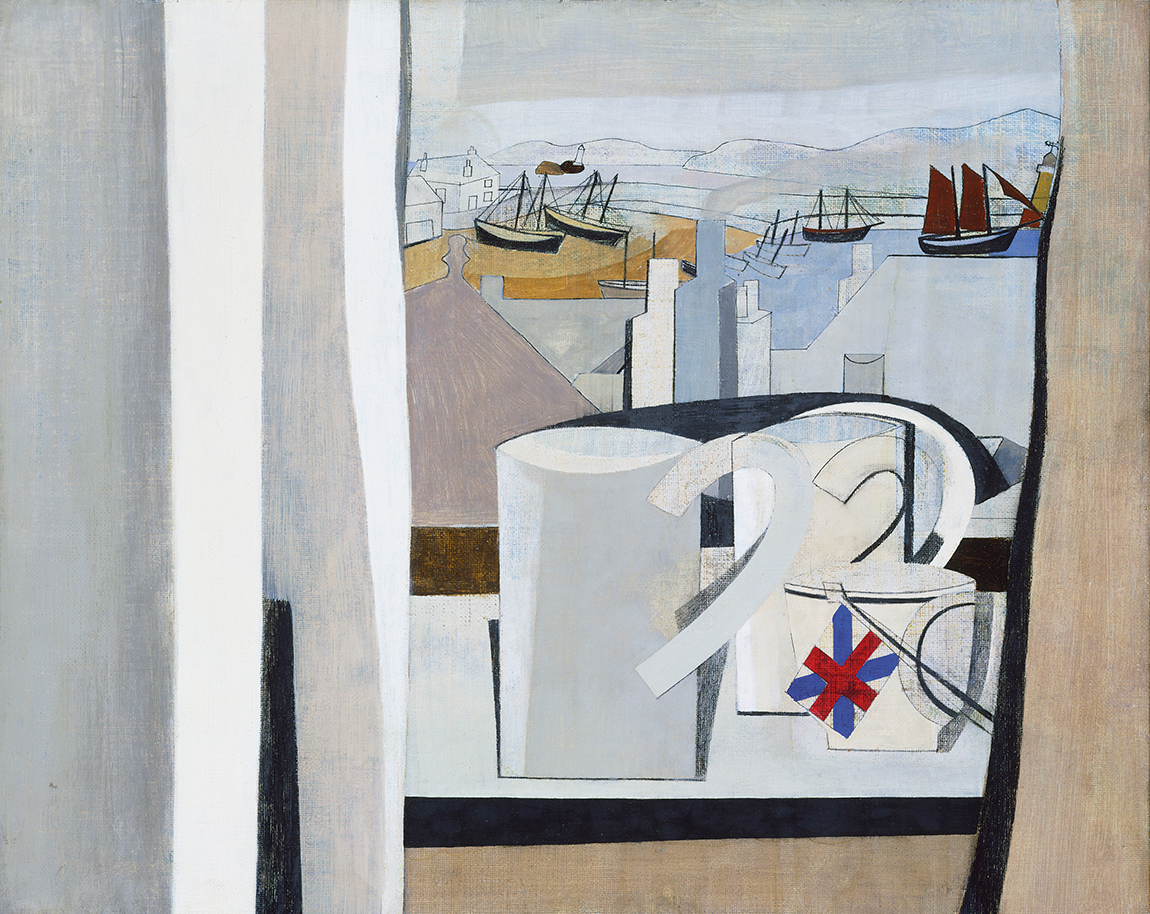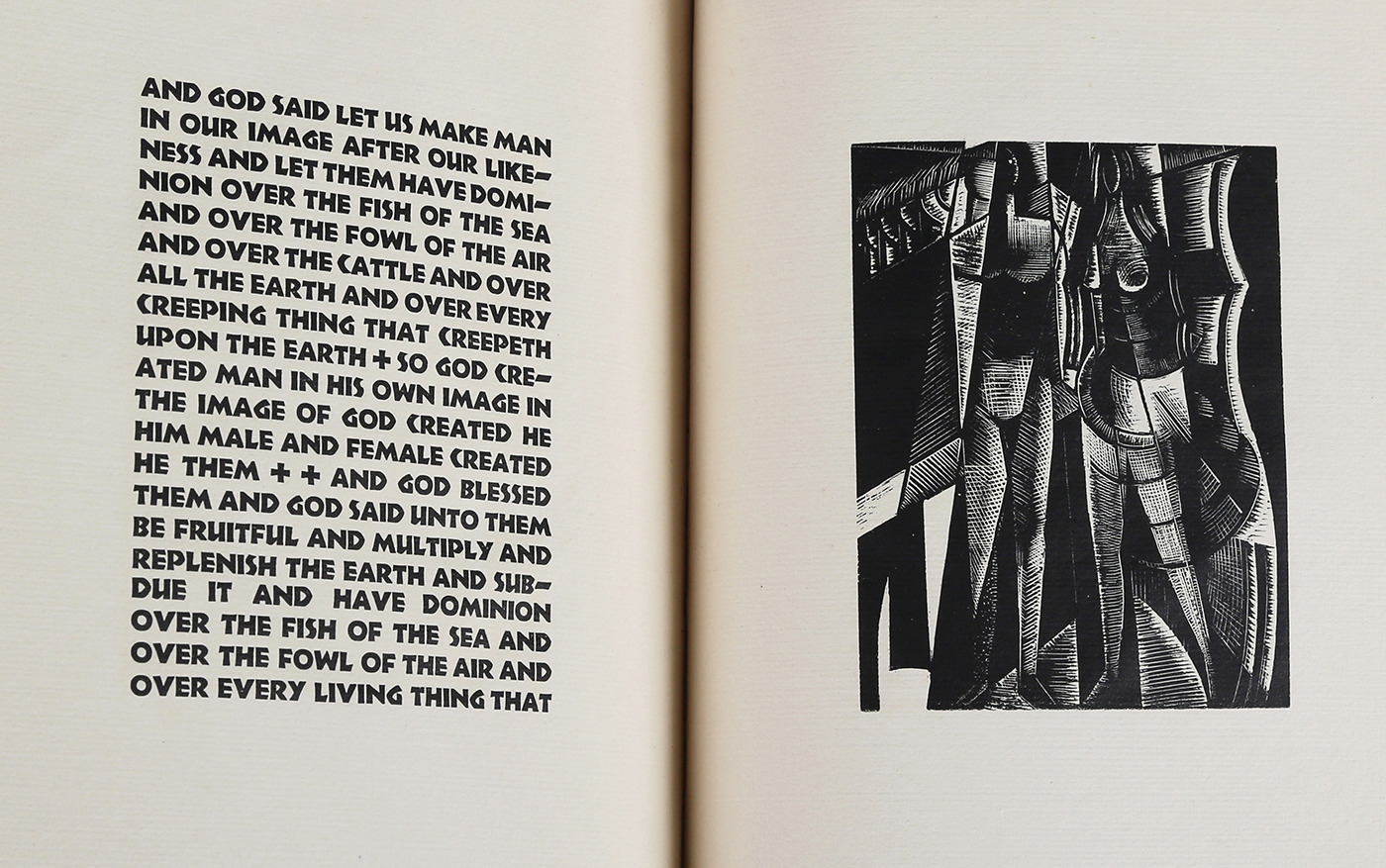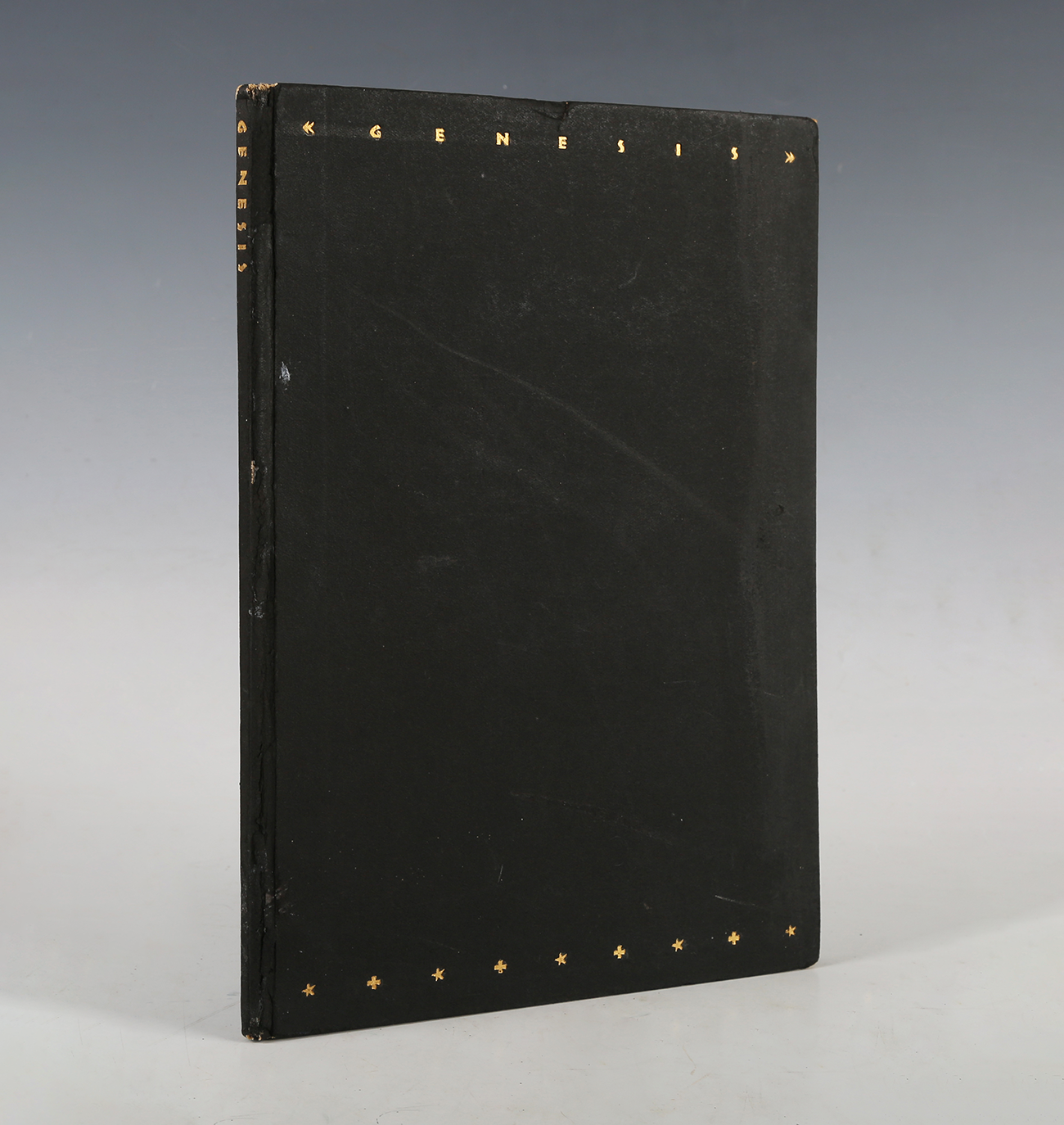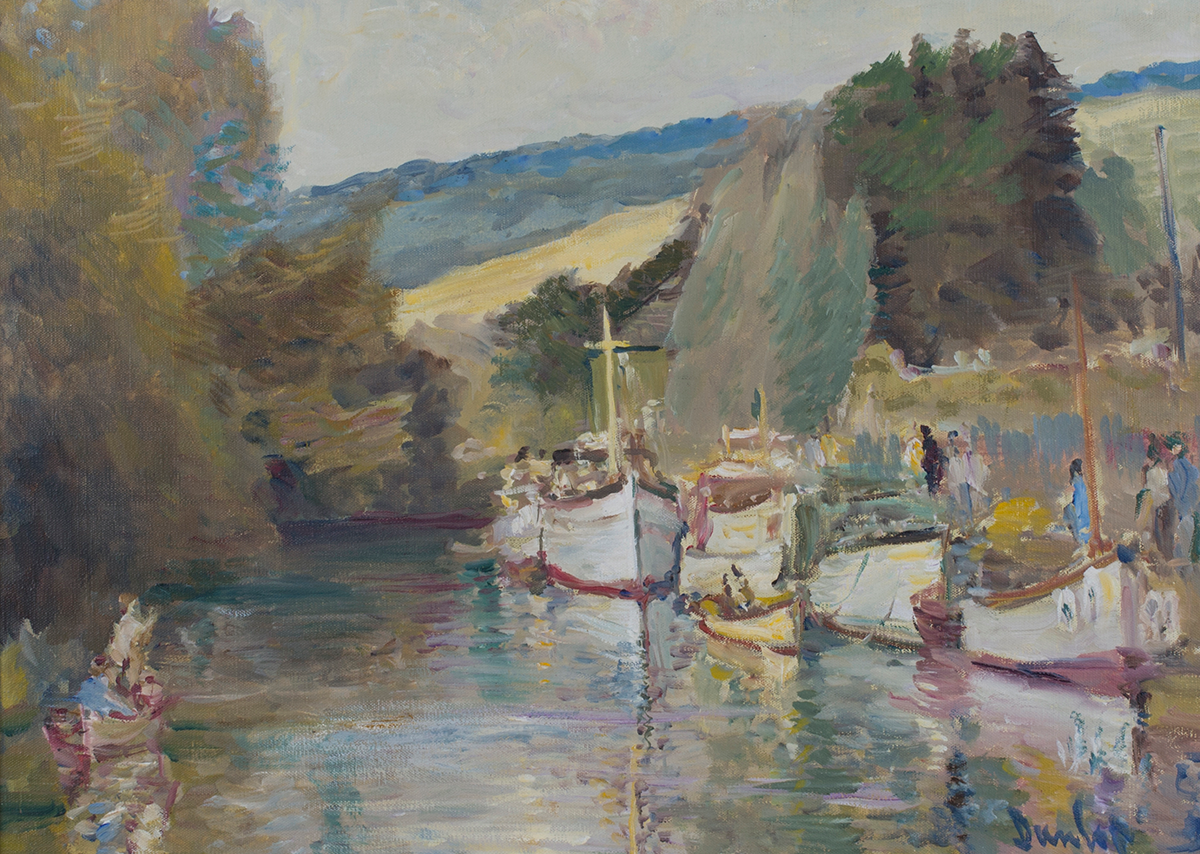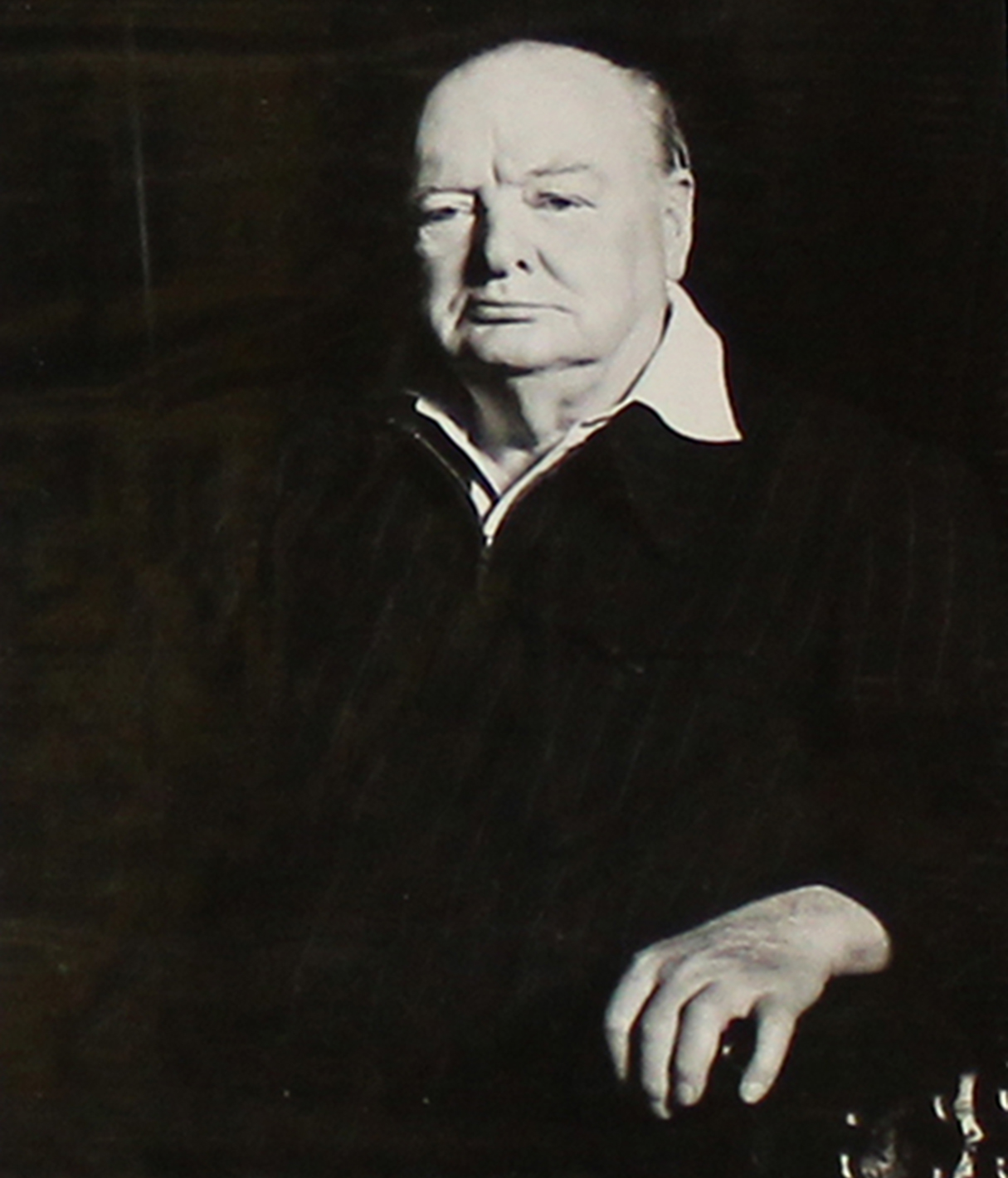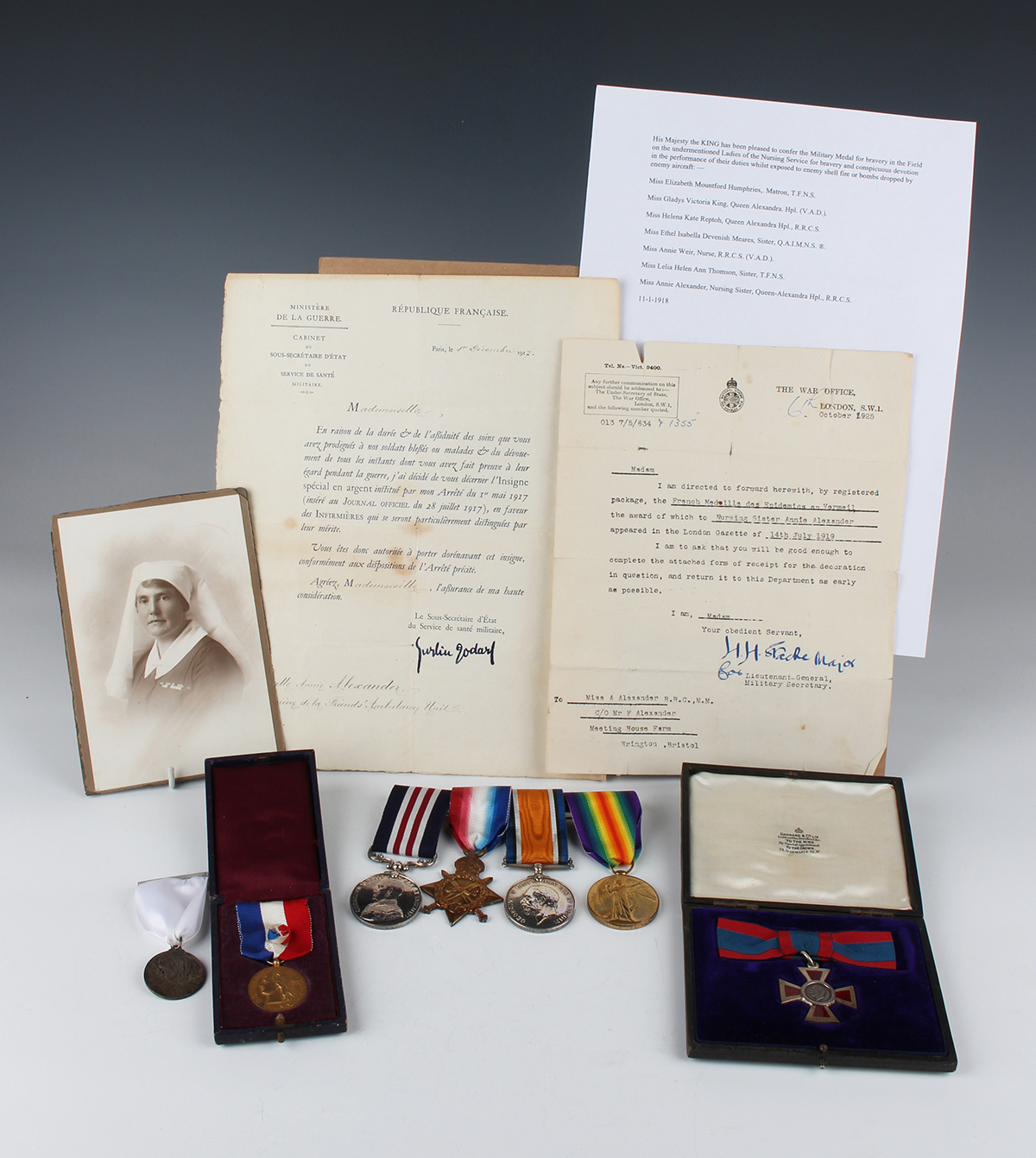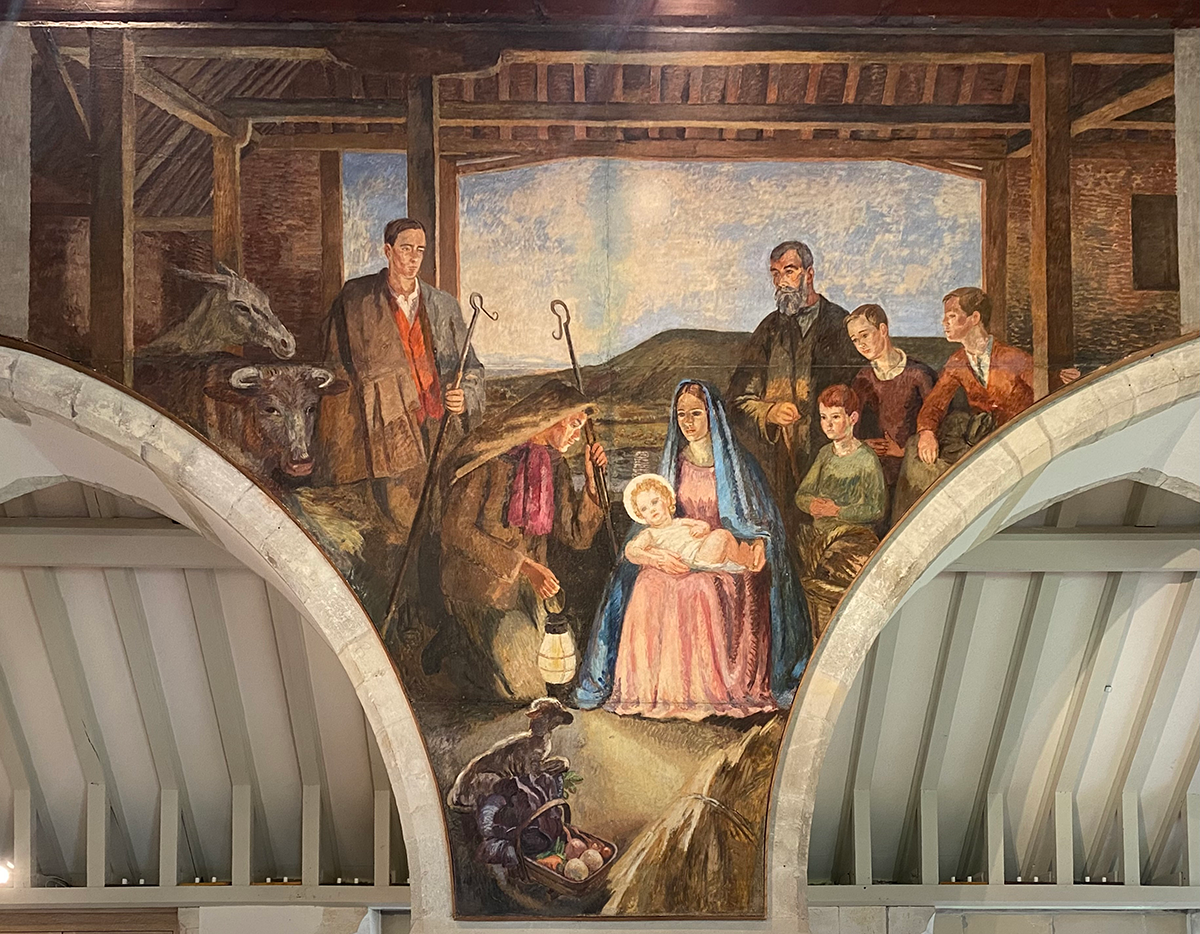
This week we commemorate the 80th Anniversary of the D-day landings and give thanks for the courage and bravery of our service men and our allies in their defence of freedom, justice and righteousness in the face of Nazism. I am returning to Berwick Church in East Sussex where two of the scenes in the decorative scheme speak into this moment in our long Island history.
As the storm clouds of war gathered over Europe British artists and writers stood in protest against our nation’s appeasement of fascism. Many chose to fight in the Spanish Civil war against the Fascists. Amongst these was the English poet Julian Bell. He was the eldest son of the Bloomsbury and Charleston artist Vanessa Bell and her art critic husband Clive. In 1937 Julian volunteered as an ambulance driver. He was fatally wounded by bomb fragments on a stretch of road just outside Villanueva de la Cañada and died aged just 29.
In 1940 as the Battle of Britain was being fought above the skies of Sussex Bishop George Bell commissioned Vanessa Bell and Duncan Grant to paint the scenes we see at Berwick Church today.
Vanessa’s depiction of the Nativity in the Sussex Barn at Charleston with Firle Beacon behind is filled with allegory. Jesus is depicted as the Lamb of God in the foreground his light in the world spilled onto the scene by an old lantern. The Sussex trug is filled with vegetables hinting at the abundance of God’s love for us. Vanessa and Duncan Grant’s daughter Angelica is painted as Mary with the infant Christ upon her lap. There is a sense of longing in Mary’s face. Perhaps Vanessa is reflecting upon the loss of Julian and Christ’s promise of resurrection and eternal life.
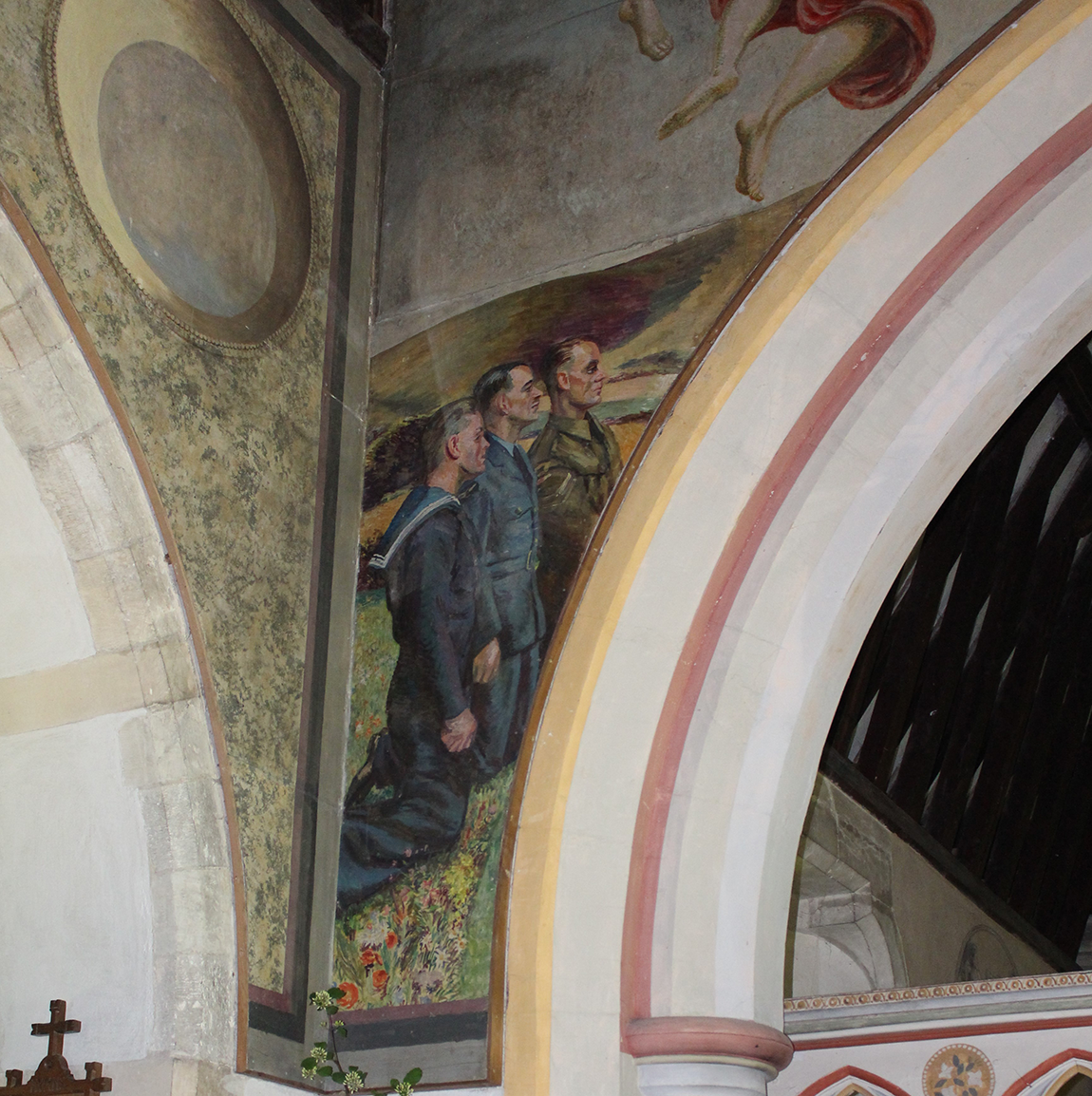
Above the chancel arch Duncan Grant paints Christ in Majesty. The downland scenery below enfolds figures of the time. To the right is the patron Bishop Bell and the Rector of Berwick. To the left a local airman, a sailor and the soldier, Douglas Hemming, who was killed near Caen in June 1944 soon after D-day.
These paintings are bound up with personal stories of courage, duty, love and loss in the defence of freedom, and righteousness. I hope in the coming days each of us will find time to reflect and give thanks for the courage and example of all those who fought in the D-day landings. Those whose courage and sacrifice have blessed us with freedom and opportunity.
